Still reflecting on two days of intensive listening, discussing and brainstorming the future of education at the Coursera Partners' Conference at The Hague, The Netherlands I conclude that education is becoming a branch of medicine: there is a science to education through neuroscience and psychology.
Digital learning, which draws a mass attendance and participation through 'Massive Open Online Courses' can be analysed, duplicated, shared, repeated, improved and gradually made universal. Might 'fixing math' or even reading across millions be akin to a Polio vaccination?
Ways are being found to educate 'on mass' and to deliver to millions a common level of achievement. Coursera, and organisations like it, are educating the world: anyone, any time, any where.
Only access is getting in the way: a broadband link or opportunity to stream or download content, take part in discussions and submit assignments; money to purchase the gadget - increasingly as smartphone over a tablet or laptop; time away from the daily task of staying alive: fetching water, gathering and preparing food, raising a family, working and completing chores; cultural objection to some receiving an education ... freedom from oppression in the home, community and the politics of the region or country. Otherwise 'the world' can join in; hundreds of thousands take part in MOOCs.
Coursera has over 18 million learners. FutureLearn, starting a year later, is catching up with 3 million.
Coursera thinks of itself as a movement; some of its educators, such as Barb Oakley, are becoming its prophets.
She has a readership, a following and fans.
There are early and late adopters: those who jump at innovation and others who shy away from it.
A study of 'The Diffusion of Innovations' would be of value. Why do some academics embrace learning online, the opportunity of sharing knowledge, ideas and thinking with hundreds of thousands rather than a handful of students at a time? Are they the ones who stuck with the horse and carriage when the motorcar came along? Are they the ones who use a fountain pen on lined paper rather than a wordpressor?
Should be picture them as medieval knights with armoured helmets designed not to protect the head from blows from outside, but to keep the contents of their brain contained? Will they join the party?
What are the barriers to MOOCS from the most traditional educational establishments and their educational practices?
Can, for example, the 'Oxbridge Tutorial' be taught online? 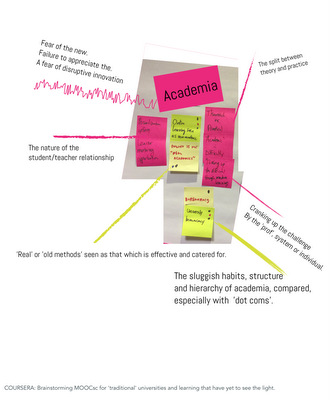 I put this question to a gathering of Coursera staff and Coursera Partners at the 5th Coursera Partners' Conference.
I put this question to a gathering of Coursera staff and Coursera Partners at the 5th Coursera Partners' Conference.
The question I posed became the focus of the brainstorming session: in groups we scribbled as many reasons for resistance on Post Its which were duly adhered to a conference room wall, pondered over, grouped and categorised. Looking at some of the reasons it was felt that some institutions, faculties and individual academics simply feared the new and its disruptive force: Learning Online, or 'e-learning' despite its universal presence on campus through networks and WiFi is a practice or behaviour that may appear interesting in theory, and is used vicariously by all in practice where content and research online blurs the boundary between library and online resources, but it 'isn't for them'; they 'don't do online' - something they say with sorrow in their eyes, not unlike when people say they 'don't do Facebook' or 'don't have a TV' - some people prefer to avoid change, or leave it to others. Is it an age thing? Are younger academics more in tune with the new ways? The connectedness of social media dilutes the tutor-student relationship.
A student may have their feet on campus, but their head 'in the cloud'. Why shouldn't they take a free online course from another institution while they attend lectures, seminars and tutorials at yours. Already they will draw papers and publications onto their laptop from digitised libraries rather than needing to wait in line to call something up from the stacks. I fear that some educational institutions, those with a history of 750 years to hold them back, will suffer the way EMI has in the music industry. Perhaps one day neither academics, nor the students who follow them, will need these institutions. They'll become museums; after all, they are already a tourist honeypot. Colleges at best will reinvent themselves and through the likes of AirBnB rooms will be let out on a rolling basis to a vast, shifting body of students at different stages of their education pass through all year around. Instead of the annual crush to fill examination halls, these rooms too will be used the year round as no other close scrutiny of student learning than the written examination can be found or relied upon.

Knowing academics, more so in research than teaching, they can operate in silos and cliques.
Some cherish the privacy of their study and doing everything alone. The problem for them with this new way of learning is the feeling that only they could instigate and produce what they see as an exchange of knowledge that needs to pass from their heads to those of their select few students. Not having worked 'in the real world' of collaborative corporate teams they don't understand the need for partners and facilitators to get their content into a consumable online, digital form. Perhaps they don't know how easy it can be. Perhaps, it wouldn't be surprising, they are perfectionists. They look at what is online and find it flawed or trivial.
Often they don't understand it. They know their subject, but beyond the paper, lecture or tutorial they haven't used a mutable, interactive, connected, mass medium of knowledge transfer such as the MOOC.
At best they confess that it is 'not for them' but invite you to talk to their younger colleagues. Or the American in the faculty. Where lies the answer: they should and could turn to their colleagues, the PhD students and undergraduates.
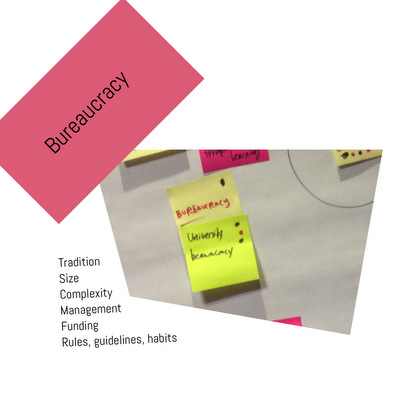
The idea that bureaucracy gets in the way is not unusual for any institution or organisation facing change.
No matter the size some organisations find change easier than others. There has often been good reason why in the past change has taken time. Better to get it right and take a few years over it, that rush in early and get it wrong. There have been casualties in the race to put educational content online. A blended learning environment of sorts exists whether institutions and academics want it or not; students will communicate and share online, important collections, papers and books have been digitised. It may be a tough call to expect an outsider to instigate change. Some educational establishments are like the Vatican, a walled city of ceremony, hierarchy and procedure.
 If we think of Oxford, my alma mater was Balliol College, and Cambridge by default, the examples of 'traditional' institutions that on a global scale hold top ranking faculties across many subjects still are these collegiate, federal institutions encumbered by the buildings from which they operate?
If we think of Oxford, my alma mater was Balliol College, and Cambridge by default, the examples of 'traditional' institutions that on a global scale hold top ranking faculties across many subjects still are these collegiate, federal institutions encumbered by the buildings from which they operate?
Colleges, quads, studies and staircases, common rooms and dining halls, libraries and chapel? Are they encumbered by the times they keep: short, intense terms with a pattern that sees written examinations taken annually? Or does the digital ocean wash through them regardless? It is ironic that the Oxford Internet Institution, founded in 2001 encourages and even embraces multi-disciplinary, cross-faculty collaboration and learning, yet there are no MOOCs of its own that it can study. Education has become part of the science of the Web. Or can Oxford bide its time? Watch others succeed or fail then in good time leap frog the early adopters? It has the resources: the manpower and financial backing.
Why then did Harvard not produce its own learning platform?

Some learning online gives it a bad name. In time institutions such as Oxford will have the evidence to make up their minds. What works and what does not. What will find a fit with Oxford, and what will not.
Academics will work with learning designers and programmers, they will have analysts picking through performance and results, stars will be born and great minds discovered.
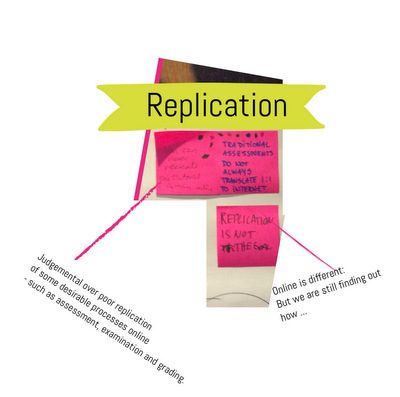
In the context of this brainstorming sessions 'replication' came to mean the transferability or otherwise of current education practices to the online environment.
In particular the discussions was around assessment and grading. Institutions have different models and practices of course, with attendance mattering to many, and course work the way, whilst at Oxford and Cambridge the end of year and final exams remain the focus of academic effort and probity. Replication of what we do offline and putting it online doesn't always work. Our 'desktop' on our computers does not have to look like a desk - though for a while in the 1990s some did. Some tests can be conducted online and identity proved. It isn't so hard, The Open University has found, to identify someone who has been a student of theirs. Coursera, in the various courses, quizzes and assessments I have submitted want a screengrab of your face - cheats could overcome this for now, but the level of ID match, as passport control services in international airports are showing, can be hugely improved. Recreating the 'Oxford Tutorial' will be the subject of another post.
While the intimacy of a tutor to student one to one each week is hard to scale up to cater for hundreds of thousands at a time, there are qualities to forums and online discussions that are akin to this. FutureLearn has found a way to manage threaded discussions that run into a thousand posts or more: you can pick out a handful of commentators to follow, and therefore create your own bespoke 'study group' for example. A senior academic may 'drop by' in person, though more likely PhD and MA students will take part for the learning benefits to them to have a surrogate teaching and support role.

Time is money. Intimacy is costly.
The tutorial system, where a senior academic for several hours a week sits with a small group of undergraduates, say two or three at most, requires time, space and place. Often these tutorials are one to one. The student isn't charged £100 or £200 an hour, but if a figure were to be put on it, accounts might want to add an hour. They may not be lawyers, but the advice and support they give to an individual student could be charged in six minute increments. How do you scale it up? Artificial Intelligence? If anyone could or will do it, might a virtual Stephen Hawking one day take multiple physics tutorials where you the student interact with an avatar?
It all comes down to money.
For most of the seven centuries of its existence the students resident in Balliol College where there through privilege: they had the time and money to indulge a higher education. For a few decades it was free. In England a grant took you through your first degree, and if you wanted to take a second you often could. This indulgence, in England at least, is over. Oxbridge, like other universities in England (it differs in Wales and Scotland) can charge £9,000 per academic year - a fraction of the real cost, and nothing like the $45,000 a year in might cost for a student in the US. In much of 'continental' Europe higher education is still state, or department funded. There is understandable resistance to put online and in theory give away for free, what others are paying for - whether that is the individual, or the government or region through grants or subsidised loans.
However, where we are citing Oxford and Cambridge, compared to many educational establishments they are both wealthy and able to call for donations from wealthy individuals and organisations. Cost should not be a barrier to an Oxbridge MOOC. Though, looking at MOOCs from Harvard, one has to wonder if money, and the perception it brings in production values, is off putting? If you ask 200,000 wannabe engineering students from around the world if they'd like to study at Oxford, Harvard or Cambridge how many might say 'no' ?
It is interesting that the MOOC 'Learning How To Learn' by Barb Oakley of the University of Michigan, 'shot' in her basement and produced for around $5,000 could have more students enrol than ALL Harvard's MOOCs combined. With simplicity and authenticity comes psychological accessibility. Barb Oakley is approachable, perhaps these 'elite' institutions are not? It has taken Oxford, for example, nearly 40 years to address the gender imbalance and imbalance of 'private' to 'state' educated students. For too many, the perception of the 'dreaming spires' of Oxford is one of exclusion, academic snobbery and inaccessibility.
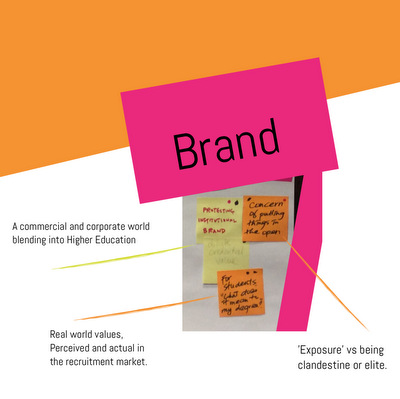
So does it all come down to 'the brand'.
Ironic that in a discussion on concerns that elite educational institutions have over change that such a modern, marketing term should be used. If Oxford can be brand savvy, then surely it is savvy enough about all other corproate practices and can, or is embracing change? But will it, or a faculty, or a professor with one strand be the first on the Coursera platform? Or will they use Edx or FutureLearn? Will they mix it up ... or will they, or are they, creating their very own, exclusive, platform for 'massive, open online courses'?
Finally, when is a MOOC not a MOOC?
For all this talk on the MOOC as some kind of immutable way forward for learning, while the 'masssive' cannot be denied with hundreds of thousands enrolling and tens of thousands completing such courses, how do you define 'open' when parts of MOOCs being closed to those who can pay a few to be assessed, or pay a fee for access to certain parts of a course? And is it 'online' if it can be downloaded? As soon as you have it on your device it is potentially as unconnected to the outside world as a book.
We are all learning how to learn online.
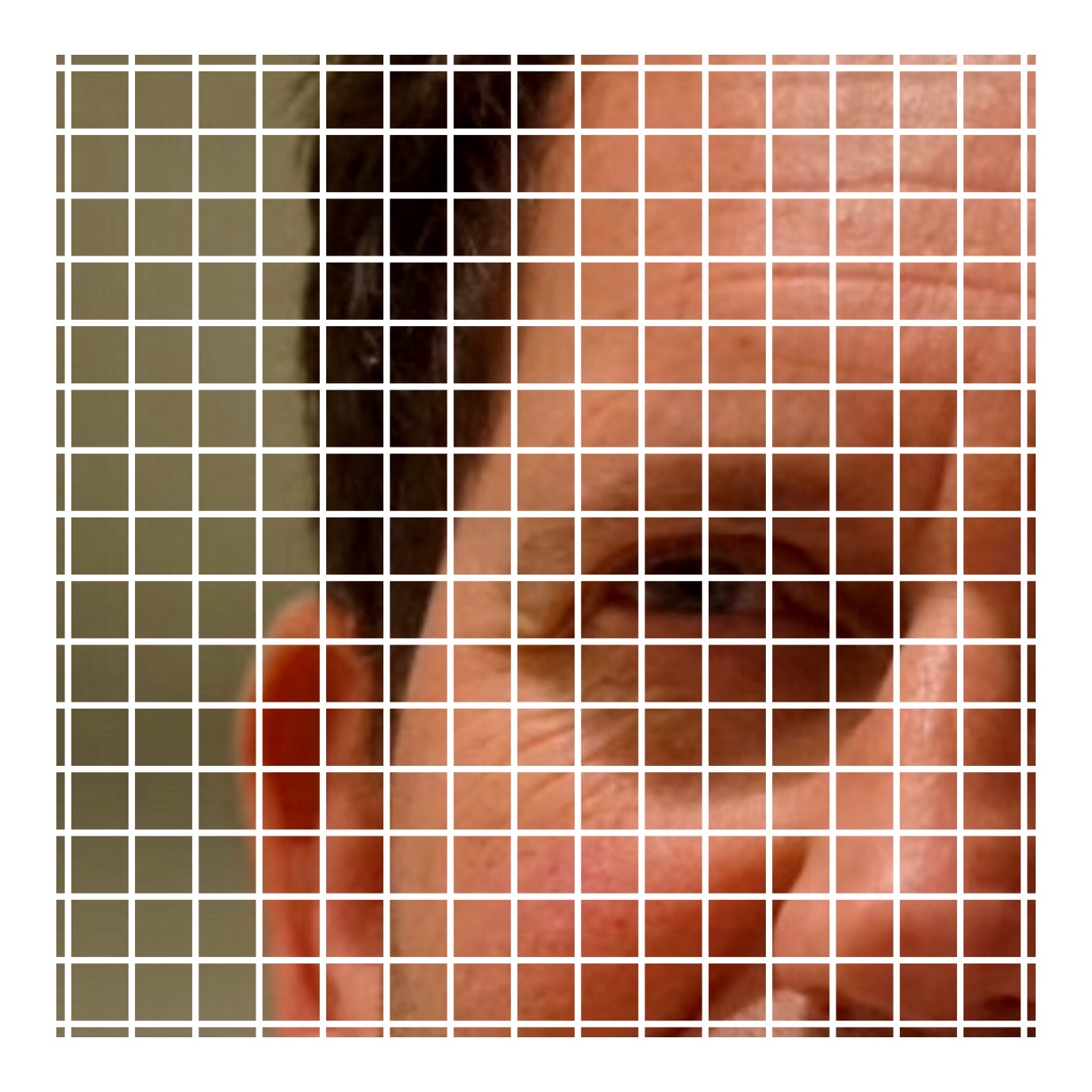






 I put this question to a gathering of Coursera staff and Coursera Partners at the 5th Coursera Partners' Conference.
I put this question to a gathering of Coursera staff and Coursera Partners at the 5th Coursera Partners' Conference.

 If we think of Oxford, my alma mater was
If we think of Oxford, my alma mater was 



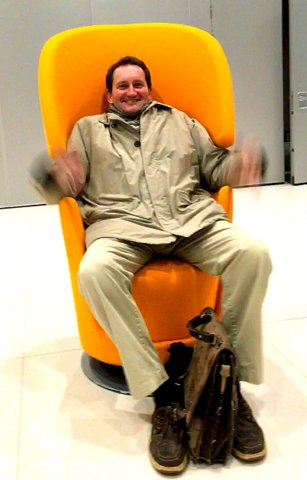 Ironically, I was taking photographs as part of another Coursera course I am doing" 'Photography: Basics and Beyond', a hobbyist one.
Ironically, I was taking photographs as part of another Coursera course I am doing" 'Photography: Basics and Beyond', a hobbyist one.